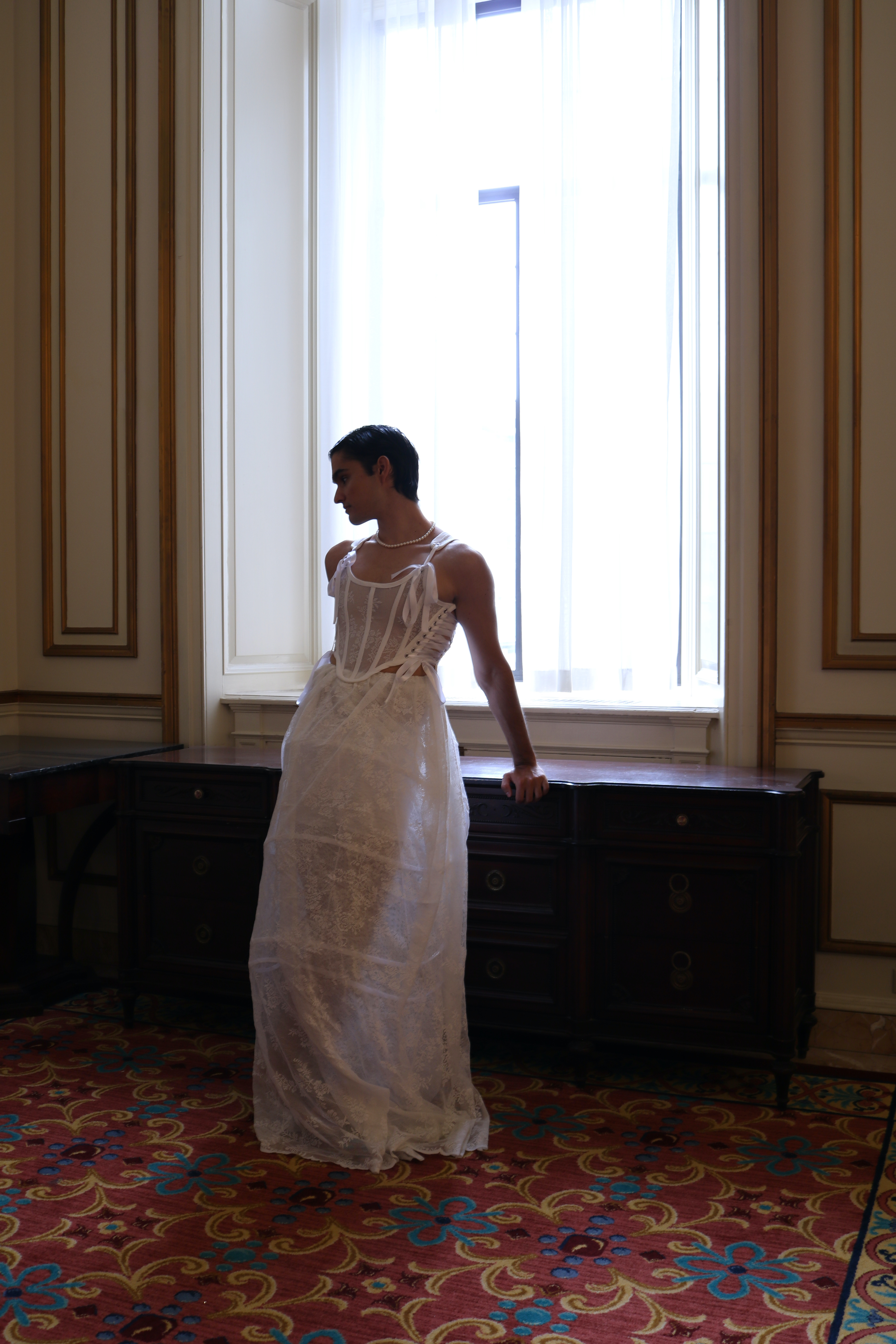︎︎︎Origins
︎August 2021 ︎︎︎Pattern Drafting
︎︎︎Sewing
︎︎︎Indesign
Queer sub-culture has always been around, whether it has been persecuted or celebrated. Drag as we know it today in North America stems from balls held at the Hamilton Lodge in Harlem New York. These balls happened all over major cities around North America, the Hamilton Lodge was just the most known and celebrated. These balls were safe spaces for queer people to express themselves and participate in society activities in ways most true to themselves. The first ball occurred in 1869 and the peak of the festivities was around the early 1920s and late 1930s. It’s largest event was in 1937 where it was estimated eight thousand people showed up. These became places where celebrities and high society people came to enjoy themselves. Although this was all technically illegal, this never stopped these balls from happening and being written about in publications for everyone to see. The homophobic movement of the 1950s and 1960s pushed these events far underground, where queer people of colour and especially black trans women kept the ball scene alive. Queer and Drag culture today owes its origins to those brave women and queer folk who maintained and fostered a culture in a time where they were risking their lives being their authentic self.
The look was fully self constructed and sewn out of thrifted curtains. The corset is an interpretation of an 1800’s stay and the lace skirt has a hoop-skirt base. The sheer aspect of the outfit is meant to represent the perversion of cross-dressing at the time. The hair and makeup took on 1920’s flapper influence to pay homage to the peak period of these events.





